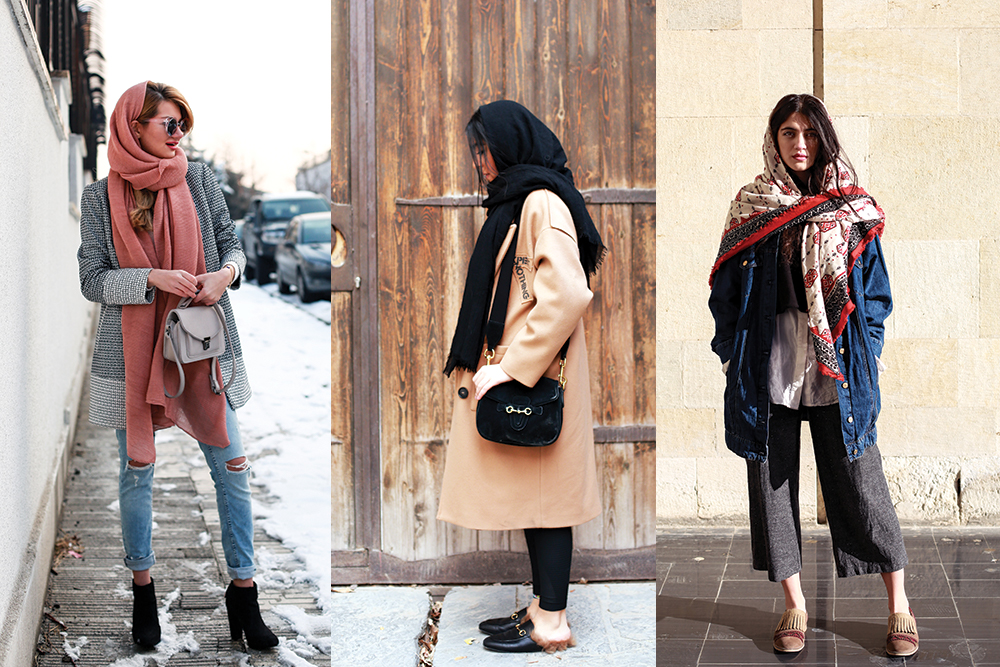How Iranian Women Turn “Pious Fashion” Into Under-the-Radar Dissent
By Personalizing Headscarves and Painting Their Toes, They Challenge the State's Power to Define Female Morality
In 2018, Islamic clothing is officially cool. CoverGirl has a hijabi ambassador. H&M sells a popular modest clothing line. Even Barbie wears a headscarf on a doll modeled after the American fencer Ibtihaj Muhammad.
Despite this cool factor, Islamic women’s headscarves and clothing retain strong associations with piety and politics, symbolism that is wielded both by the woman in the clothes and the people around her. In countries where Muslims are minorities, as in the United States, merely wearing hijab is seen as a political act, albeit one that can be …





